Peter Flötner, c.1545
Seven cards from a satirical pack produced by Peter Flötner of Nuremberg, c.1545. The suit symbols are acorns, leaves, bells and hearts. The block-cutter and publisher was Franz Christoph Zell.

Satirical Playing Cards by Peter Flötner, Nuremberg, c.1545
Behind the superficial representation to which one's attention is initially drawn, there is a second one in which Flötner sets irony and parody against the past, against the classical and bourgeois way of life...
Although Nuremberg had no university, towards the end of the 15th century the city became a major centre of humanism in Germany, as well as a centre of trade and skilled craftsmanship. The influence of classical forms and humanism was also mirrored by anti-classical tendencies, so that these playing cards can be seen as a parody or burlesque. The vulgar everyday activities of common folk (e.g. toilet humour and irreverence) is juxtaposed to bourgeois pretentiousness. The art of printing made it possible for art, knowledge and information - including political or social comment - to be made accessible to the common people… in this case thanks to a good block maker.


Above: cards from a satirical woodblock printed and water coloured pack designed by Peter Flöttner of Nuremberg, c.1545. The block-cutter and publisher was Franz Christoph Zell. Gold highlights have been added. The suit symbols are acorns, leaves, bells and hearts and the card values run from deuce, 3,4,5,6,7,8,9,10, Unter, Ober, Künig. The 10s are represented by banners. In the numeral cards the suit symbols have been moved to the upper half of the cards so that the bottom of each card is free for illustration, in what must be one of the most splendid woodblock packs from the first half of the sixteenth century. The backs of the cards contain the vocal scores for German songs. Cards from the facsimile edition published by Ferd Piatnik & Söhne, Vienna, 1993.
Peter Flötner (c.1490-1546) was a German designer, sculptor, and printmaker. He was an important figure in the introduction of Italianate Renaissance design to sculpture and the decorative arts in Germany. Read Wikipedia article →
By Simon Wintle
Spain • Member since February 01, 1996 • Contact
I am the founder of The World of Playing Cards (est. 1996), a website dedicated to the history, artistry and cultural significance of playing cards and tarot. Over the years I have researched various areas of the subject, acquired and traded collections and contributed as a committee member of the IPCS and graphics editor of The Playing-Card journal. Having lived in Chile, England, Wales, and now Spain, these experiences have shaped my work and passion for playing cards. Amongst my achievements is producing a limited-edition replica of a 17th-century English pack using woodblocks and stencils—a labour of love. Today, the World of Playing Cards is a global collaborative project, with my son Adam serving as the technical driving force behind its development. His innovative efforts have helped shape the site into the thriving hub it is today. You are warmly invited to become a contributor and share your enthusiasm.

Related Articles
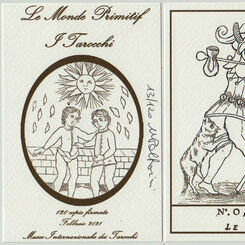
Le Monde Primitif Tarot
Facsimile edition produced by Morena Poltronieri & Ernesto Fazioli of Museo Internazionale dei Taroc...

Early German playing cards
Some early examples of popular German playing cards from the XV and XVI centuries.

Iohann Christoph Hes Tarot c.1750
Facsimile of Tarot de Marseille by Iohann Christoph Hes, Augsburg, c.1750.
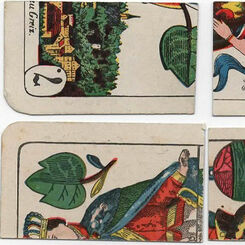
Notgeld - Emergen¢y Money
Notgeld - Emergency Money - was in rare cases issued on playing cards.

I. Schenck, Nuremberg
I. Schenck, Nuremberg, late XVIIIth century

Hans Sebald Beham
Playing cards designed by Hans Sebald Beham (1500–1550).

Old Bavarian pattern
Uncut sheets of playing cards of the Old Bavarian pattern by Michael Schatzberger, Passau, c.1780.
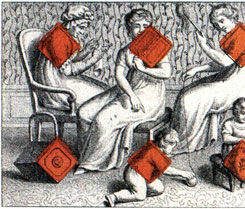
Cotta Transformation playing cards
In 1804, J.G. Cotta, a publisher and bookseller in Tübingen, Germany, produced the first set of tran...
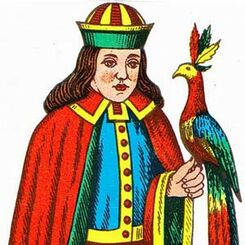
German Saxon Pattern
The German Saxon Pattern or “Schwerdter Karte”.

William Warter
William Warter's Proverbial Cards, which carry illustrations of old English proverbs, were first pub...
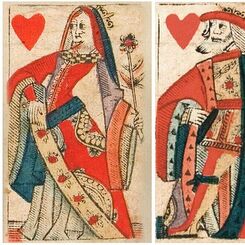
Pierre Marechal
Rouen became an important centre for card-making whose influence extended far afield. Cards from Rou...

Antique Swiss Playing Cards, c.1530
The Swiss national suit system of shields, acorns, hawkbells and flowers originated sometime during ...

The Beggars’ Opera
The Beggars’ Opera Playing Cards were first published in 1728. The cards carry the words and music o...

South Sea Bubble
The South Sea Bubble Playing Cards were first published in London by Thomas Bowles in 1720. The card...

Cries of London
The cards were printed from copper plates, with the red suit symbols being applied later by stencil....

Hofamterspiel, c.1460
Hofamterspiel, c.1460
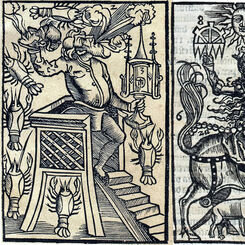
Logica Memorativa
Logica Memorativa playing cards by Thomas Murner, Brussels, 1507.
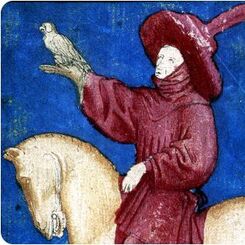
The Princely Hunting pack, c.1440
The Princely Hunting Pack, c.1440/45, is attributed to Konrad Witz and his workshop in Basle.

Playing cards in the Upper Rhine region
Documentary evidence suggests that card playing established itself in Italy in 1376, and then spread...

Hewson Replica Pack
Hand-made replica 17th century English playing cards, based on museum originals.
Most Popular
Our top articles from the past 60 days






















